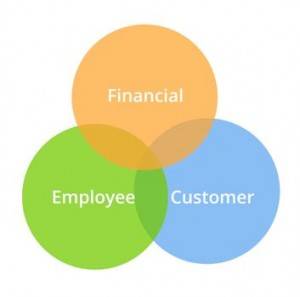March 3, 2016
Global lack of support by management in encouraging innovation at work 0
 Too many managers expect their employees to innovate without offering them any practical support. In a global survey by consultants O.C. Tanner published in the Harvard Business Review – a poll of nearly 3,500 people from companies in the U.S., Canada, the UK, Germany, and India found that although a majority of employees say innovation is everybody’s responsibility, not everyone actually gets the resources needed to innovate. There’s an especially large disconnect on this subject between leaders and lower-level employees. While nearly nine in ten non-managers believe they ought to be involved in innovation, far fewer (roughly six in ten) say they actually are. The research claims this applied to small as well as large companies and among all age groups. The problem the review suggests, is that most employees believe that management does not inspire them to do great work — or give them the opportunity to do so.
Too many managers expect their employees to innovate without offering them any practical support. In a global survey by consultants O.C. Tanner published in the Harvard Business Review – a poll of nearly 3,500 people from companies in the U.S., Canada, the UK, Germany, and India found that although a majority of employees say innovation is everybody’s responsibility, not everyone actually gets the resources needed to innovate. There’s an especially large disconnect on this subject between leaders and lower-level employees. While nearly nine in ten non-managers believe they ought to be involved in innovation, far fewer (roughly six in ten) say they actually are. The research claims this applied to small as well as large companies and among all age groups. The problem the review suggests, is that most employees believe that management does not inspire them to do great work — or give them the opportunity to do so.


































March 2, 2016
Why WELL rather than green is the new black in building design 0
by Darren Bilsborough • Comment, Environment, Facilities management, Wellbeing, Workplace design
More →